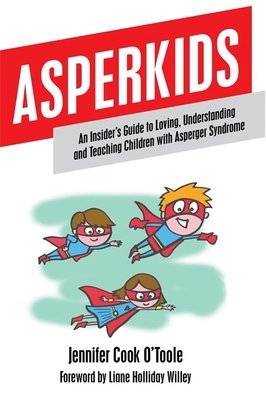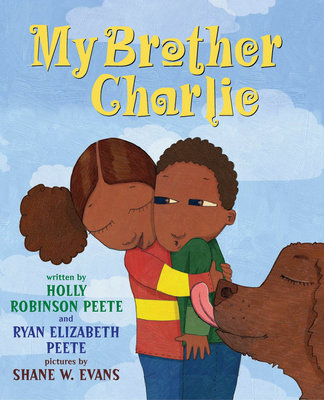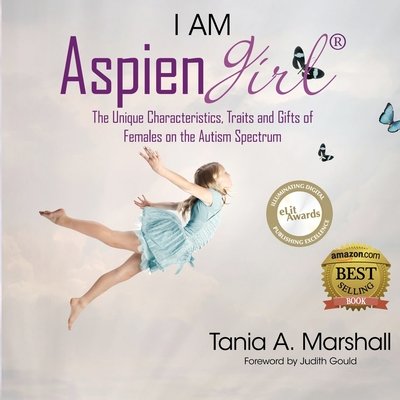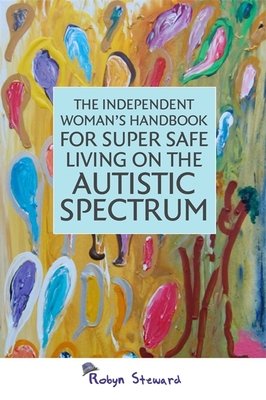Uniquely Ourselves: Inspiring Books on Autism for Kids, Tweens, and Teens
by Steve Silberman
Autism is a highly complex condition, and that complexity is reflected in the broad and diverse range of books that have been written about it. Thousands of books have regarded autism from a clinical perspective — as a developmental disability that is now recognized as highly common, affecting at least 1 in 68 school-aged children in America. Other books, written primarily for parents, offer advice on coping with the challenges of raising a kid on the spectrum in a world that offers insufficient support and resources for autistic people and their families. And there are several fine autobiographies out there describing the experience of autism from the inside.
Few of these books, however, are written specifically for children, tweens, and teens. It’s important for young readers to learn about autism because it will help them reject the evil of bullying and grow up to become compassionate adults who help people with all sorts of disabilities find a place in society. It’s also crucial for young readers on the spectrum to learn to recognize their own difficulties in fitting in and find ways of coping, while reveling in their distinctive strengths, fascinations, and eccentricities. Here is a selection of books that do a great job of informing young readers about autism while promoting acceptance of people on the spectrum of all ages.
-
The Reason I Jump
Available from:The author of this utterly charming book is a 13-year-old blogger in Japan who communicates by choosing letters on a grid and forming them into sentences. Translated by David Mitchell (the renowned author of Cloud Atlas and other novels) and KA Yoshida, The Reason I Jump offers poignant first-person insights into such basic questions as why some autistic people ask the same questions over and over, flap their hands, or avoid making eye contact. Illuminating for readers of all ages and written in language so graceful and original that it approaches poetry.
Also available from: -
I Love Being My Own Autistic Self!
A beguiling book of cartoons for children and teens that aims to build the self-esteem, resilience, and pride of kids on the spectrum while acknowledging the challenges they face among their typical peers.
Preorder from: -
The Asperkids Series
This award-winning nonfiction series for autistic kids and teens, and those who love them, covers dozens of aspects of “living on the awesome side of the spectrum,” as O’Toole puts it, from ways of making your home environment more comfortable to decoding the secret social rules that “neurotypicals” (non-autistics) seem to understand intuitively. Through it all, O’Toole is a warm, engaging, and witty role model of a happy, creative autistic life in adulthood.
Preorder from: -
The Starabella Trilogy
An innovative multimedia series for younger children — featuring both books and CDs — that tells the story of how Tara, a girl with autism, learns to express the beauty inside of her through music. The uplifting music and stories will appeal to any child who has felt excluded or marginalized for being “different” in any way.
Preorder from: -
My Brother Charlie
A sweet illustrated book for children about a pair of fraternal twins who love one another very much: Callie, who enjoys stargazing at night, and Charlie, her brother with autism, who has a special understanding with their dog Harriet and “sometimes gets very quiet.” People of color are often underrepresented in the autism literature, and this endearing book offers role models of autism acceptance and appreciation who happen to be black.
Preorder from: -
I Am Aspiengirl
Autism manifests differently in women for reasons that are still a mystery, and the presence of girls on the spectrum has been underestimated for decades. This inspiring book about a superheroine with Asperger’s syndrome — featuring radiant artwork and quotes from autistic girls, their family members, and teachers — explores the special gifts and challenges faced by “Aspiengirls” as they make their way to adulthood.
Preorder from: -
The Independent Woman's Handbook for Super Safe Living on the Autistic Spectrum
For older teens and young adult readers, Steward’s book offers a helpful guide to transitioning into living on your own, addressing such issues as navigating relationships and sex, and finding employment, which can be tricky for people who have trouble reading subtle social signals.
Preorder from:
For parents, clinicians, and teachers, I enthusiastically recommend a new book called Uniquely Human by Barry Prizant and Tom Fields-Meyer, which distills 40 years of experience of working with autistic children into a set of simple, practical guidelines for treating young people on the spectrum (including coping with challenging behavior) with respect and compassion. And Sarah Hendrickx’s Women and Girls with Autism Spectrum Disorder is a comprehensive overview of issues faced by women on the spectrum at all points in the lifecycle, from childhood through old age.







